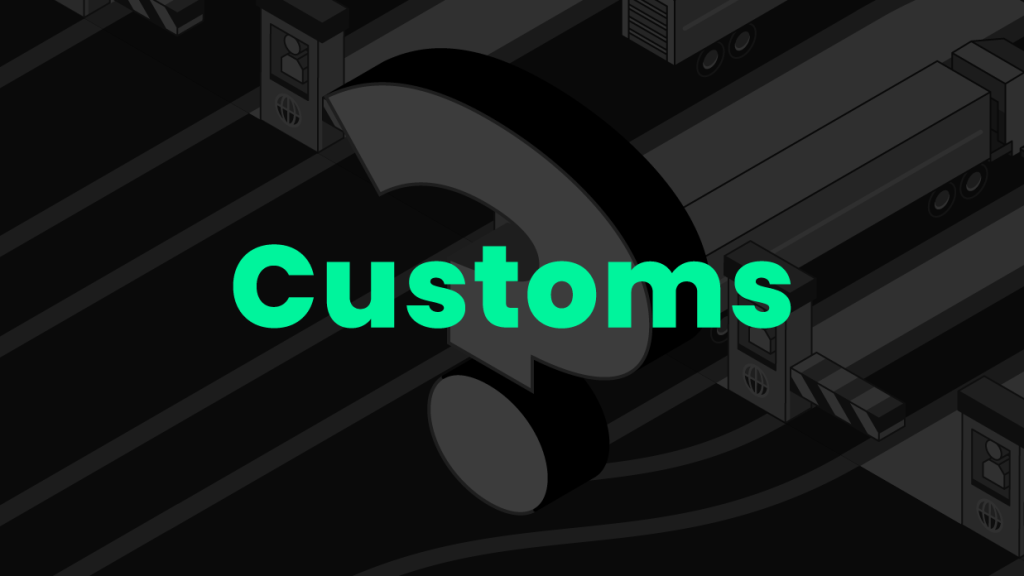With the rise of cross-border e-commerce, more and more consumers are purchasing products directly from overseas. Whether it’s daily necessities or collectibles, understanding basic customs and logistics knowledge is essential.
Customs Declaration and Classification
All cross-border goods must go through customs inspection and declaration. Customs authorities classify items based on their materials, usage, and value, which determines applicable duties or VAT. Both sellers and buyers should be aware of the product category in advance to avoid clearance delays.
Packaging and Shipping Volume
Shipping costs depend not only on weight but also on volume. To reduce costs, some products are designed or packaged in alternative forms. For instance, certain manufacturers offer a torso doll (a torso-only model without arms and legs), which significantly reduces both weight and volume, making shipping more affordable.
International Shipping Methods
Cross-border logistics mainly include air freight, sea freight, and express lines. Air freight is fast but costly, suitable for small high-value goods; sea freight is cheaper but slower, ideal for bulk cargo; express lines strike a balance and are widely used in e-commerce.
Taxes and Compliance Requirements
Different countries apply different tax policies to imports. For example, the United States imposes relatively low tariffs on certain consumer goods. To save on shipping and customs fees, many buyers prefer local purchases. This is why some consumers opt for a usa sex doll, which avoids long-distance shipping and simplifies the customs clearance process.
After-Sales and Protection
When shopping internationally, after-sales service should also be considered. Packaging damage or delivery delays may occur, so it is advisable to choose reliable logistics providers and review return or exchange policies in advance to minimize risks.
Conclusion
By mastering these basics of customs and logistics, consumers can shop cross-border with greater confidence and make smarter choices when selecting transportation methods or purchase channels.

